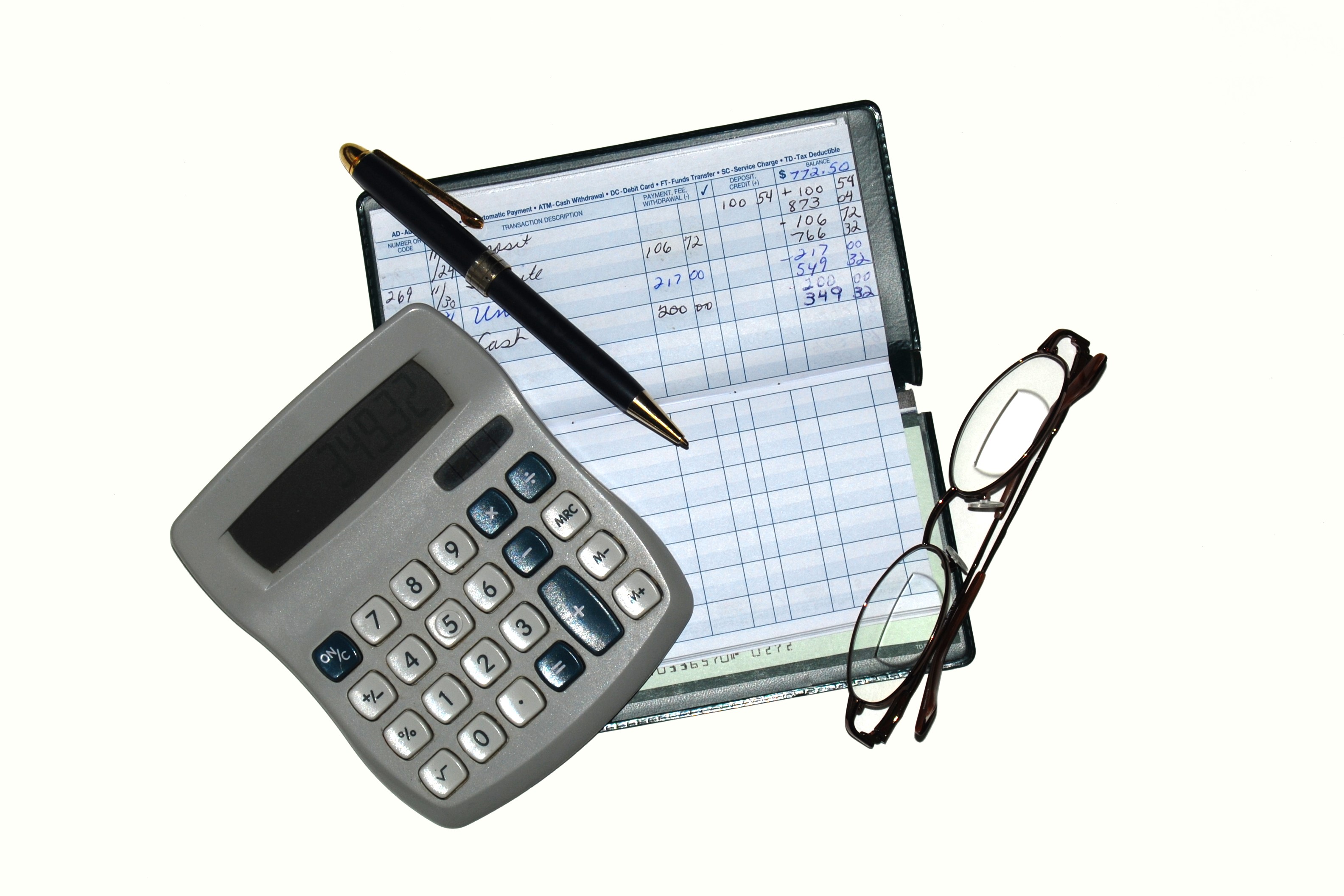Last post on this, shared in the Learning & Development group:
https://faoblog.com/final-accounts-understanding/
So, if we split the long term and short term, we can classify the balances of our books of accounts into four distinct categories:
- Short term debit balances – Expenses
- Short term credit balances – Incomes
- Long term debit balances – Assets
- Long term credit balances – Liabilities
So the short term comprises of the statement, which is the called the “Profit and Loss Account” and the long term balances go into the “Balance Sheet”.
We first tabulate the short term balances in the profit & loss account. If the income is more than expenses, we have a net profit, and if the expenses are more, it results into a loss. This balance is carried to the balance sheet.
Now, what do each of these statements signify?
A profit and loss account primarily signifies the status of operations, within the one year period, i.e. the result of the efforts put in by the organization and its constituents over a span of one year.
On the other side, the Balance Sheet, reflects the standing of the organization as on the defined date, which is the last date of the financial year. It tells the stakeholders what their net worth is. Once you reduce the net liabilities from the assets, the net is the amount owned by the shareholders.
This is a very simplistic view of the statements.
The balance sheet can also be presented in a vertical form, where the credits show the sources of funds, and the debits are the application of funds of the business.
Now, are financial statements are only limited to these? What about the trading or the manufacturing account?
Watch out for the next post……





Trackbacks/Pingbacks